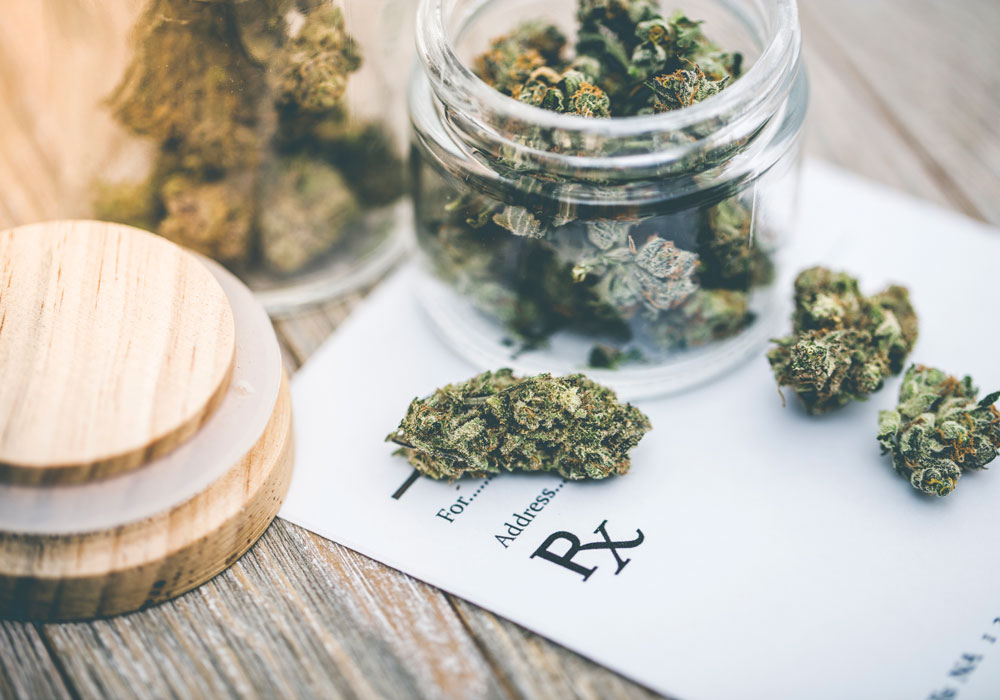As medicinal cannabis continues to make its way into practice in states in which it has been legalized for medical use, oncology nurses, nurse practitioners, physicians, and all members of the cancer care team must be aware of the ways in which cannabis can be administered to patients. Although medicinal cannabis is still being studied, patients have several ways to use it to combat side effects like pain, nausea, and vomiting associated with cancer and its treatments. Knowing the routes of administration and the potential for drug interactions can help all oncology professionals approach medicinal cannabis in the safest possible ways for their patients.
Smoking and vaporizing are two of the most commonly recognized routes of cannabis administration—medicinal or otherwise. According to Franson, the bioavailability of smoking cannabis is somewhere between 10% and 25%. Approximately 50% of tetrahydrocannabinol (THC) is delivered in the smoke, of which 50% is then exhaled, and 60% of the inhaled THC may be metabolized in the lungs. Inhalation effects are seen within minutes of administration, and peak concentrations are high. Vaporization offers a similar route of administration as smoking, although it heats the cannabis to temperatures just below combustion and produces fewer noxious emissions. Ultimately the actual dosage and amount of THC delivered through smoking and vaporizing are difficult to understand. Dosage is titrated by patients, and clear dosing information isn’t available. Moreover, the potential long-term effects of vaporization are still being studied.
Orally ingesting cannabis through edible products has also been used to treat patients. According to Franson, the bioavailability of oral THC is somewhere between 5% and 20%, and it’s often considered to offer only 30% of the efficacy of smoking because of gastric degradation and first-pass effects. Ultimately, peak concentrations are low and reached within one to three hours after consumption. Research pertaining to the oral ingestion of cannabis is lacking, leading to some uncertainty regarding its absorption rates and bioavailability.
Another route of administration is sublingual tinctures. Although less common and less researched, tinctures are finding their way into patient use. They are typically extracted using ethanol, although glycerin and vinegars have been used as well. Dropping the extract under the tongue allows the medication to be absorbed through deep lingual arteries. This method may offer faster results than oral ingestion. Tinctures are a promising option to combat oral ingestion’s loss of efficiency and for patients who aren’t able to tolerate inhalation.
Although 96.6% of patients report adverse effects, they are not considered serious. Common side effects include drowsiness, inability to concentrate, fatigue, headache, and lightheadedness, among others. Further research is still needed to understand potential late and long-term effects.
ONS Perspective
Oncology nurses and healthcare professionals must closely monitor patients who have introduced medicinal cannabis into their treatment. As more research becomes available, practitioners must continue to educate themselves on the endocannabinoid system, medicinal cannabis, and the interactions between those systems and drug combinations in patients with cancer.






